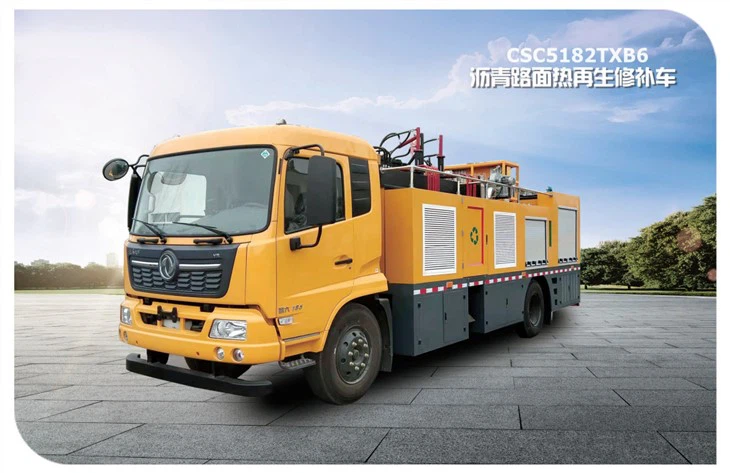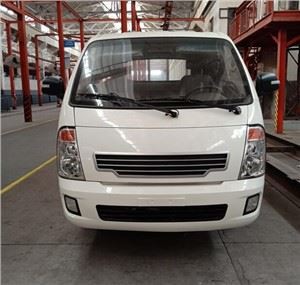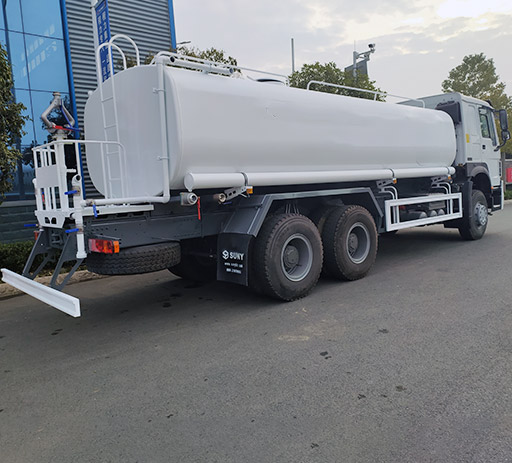Pushing Trailer: Understanding Benefits, Types, and Usage

Trailers play an essential role in transporting goods, vehicles, or equipment. Among various types of trailers, pushing trailers have gained popularity for their unique features and capabilities. This comprehensive article will guide you through everything you need to know about pushing trailers, from their benefits and types to practical examples and tips for their effective use.
What is a Pushing Trailer?
A pushing trailer, also known as a push trailer, is a type of towable trailer designed to be pushed by a towing vehicle instead of being pulled. These trailers are typically used in various industries, including construction, agriculture, and transportation, due to their maneuverability and ease of use in tight spaces.
Benefits of Using Pushing Trailers
Enhanced Maneuverability
Pushing trailers are typically more maneuverable than traditional pull trailers. Their design allows for sharper turns, making them ideal for operations in constricted areas such as warehouses or job sites.
Increased Load Capacity
Many pushing trailers can accommodate heavier loads than conventional trailers due to their structural design and design limitations. It allows users to transport more materials or equipment efficiently.
Improved Visibility
Since pushing trailers are situated in front of the towing vehicle, operators have a clearer view of their surroundings. This visibility enhances safety and precision during transport, especially in busy or hazardous environments.

Versatility
Pushing trailers are versatile and can be used in various applications, from moving construction materials to transporting vehicles. They are useful in different industries, including logistics, agriculture, and entertainment.
Types of Pushing Trailers

1. Flatbed Pushing Trailers
Flatbed pushing trailers have a flat surface and no sides or a top. They are ideal for transporting oversized items, allowing easy loading and unloading.
2. Enclosed Pushing Trailers
These trailers have enclosed sides and a roof, offering protection for the cargo. They are great for transporting goods that require shelter from the elements.
3. Dump Pushing Trailers
Dump pushing trailers feature hydraulic lift systems. They allow for easy unloading of materials without manual labor, making them suitable for construction sites and agricultural use.
4. Car Pushing Trailers
Designed specifically for the transportation of vehicles, these trailers have specialized equipment to secure and transport cars safely.
5. Utility Pushing Trailers
Utility pushing trailers are smaller, multi-purpose trailers used for various everyday tasks, from yard work to small-scale freight transport.
How to Choose the Right Pushing Trailer
1. Determine Your Needs
Consider what you will primarily use the pushing trailer for. Understanding your specific needs will help narrow down your choices.
2. Evaluate Your Budget
Set a budget before looking for a pushing trailer. Pushing trailers come in various price ranges; establish financial limits for both purchase and maintenance.
3. Consider Compatibility
Ensure the pushing trailer is compatible with your towing vehicle, including weight, size, and connection type.
4. Research Quality Brands
Look for reputable manufacturers known for producing reliable and durable trailers. Research customer reviews and ratings to identify trusted brands.
5. Check Local Regulations
Different regions have unique laws regarding trailer use, registration, and operation. Make sure to comply with local regulations when purchasing and using a pushing trailer.
Pushing Trailer Operation Tips
1. Proper Loading Techniques
When loading a pushing trailer, ensure the weight is evenly distributed to maintain balance and control. Place heavier items closer to the front of the trailer.
2. Regular Maintenance
Maintaining your pushing trailer is essential for safety and efficiency. Regularly check tires, brakes, lights, and overall structure for wear and damage.
3. Use Appropriate Towing Techniques
Practice safe towing by keeping a safe distance from other vehicles, using turn signals, and adjusting speed as necessary. Always be aware of your surroundings.
4. Training and Certification
Consider taking a training course to understand proper trailer operation and safety measures if you are new to using pushing trailers.
5. Utilize Safety Equipment
Use safety chains, brakes, and signals to enhance safety while using pushing trailers. Ensure that all safety equipment is functioning properly before transport.
Practical Examples of Pushing Trailer Usage
1. Construction Sites
Pushing trailers are commonly used to transport heavy materials like lumber, concrete, and machinery from one location to another, facilitating efficient and organized workflows.
2. Agriculture
Farmers utilize pushing trailers to relocate equipment, seed, and produce, making it simpler to manage large areas of land and ensuring timely transportation of harvested goods.
3. Moving Furniture and Equipment
When relocating, pushing trailers help in transporting furniture and large appliances, making it convenient and safe for homeowners or businesses to move.
4. Event Logistics
In event management, pushing trailers are essential for transporting supplies, stages, and equipment quickly, ensuring everything is in place for successful events.
Frequently Asked Questions (FAQ)
1. What is the primary advantage of a pushing trailer over a pulling trailer?
The primary advantage of a pushing trailer is enhanced maneuverability due to its ability to navigate tighter spaces and make sharper turns.
2. Are pushing trailers suitable for heavy loads?
Yes, many pushing trailers are designed to carry heavier loads than traditional pull trailers, making them ideal for transporting various materials and equipment.
3. Do I need a special license to operate a pushing trailer?
Licensing requirements vary by region. It’s essential to check local regulations regarding trailer operation and certification to ensure compliance.

4. How often should I perform maintenance on my pushing trailer?
Regular maintenance should be done at least once every season or after significant use, focusing on tires, brakes, lights, and overall trailer integrity.
5. Can I use a pushing trailer for recreational purposes?
Yes, pushing trailers can be used for recreational activities, such as transporting boats, campers, or bicycles, depending on the design of the trailer.
6. What factors should I consider when loading a pushing trailer?
When loading, consider the weight distribution, securing items properly, and ensuring that the overall weight does not exceed the trailer’s rated capacity.
